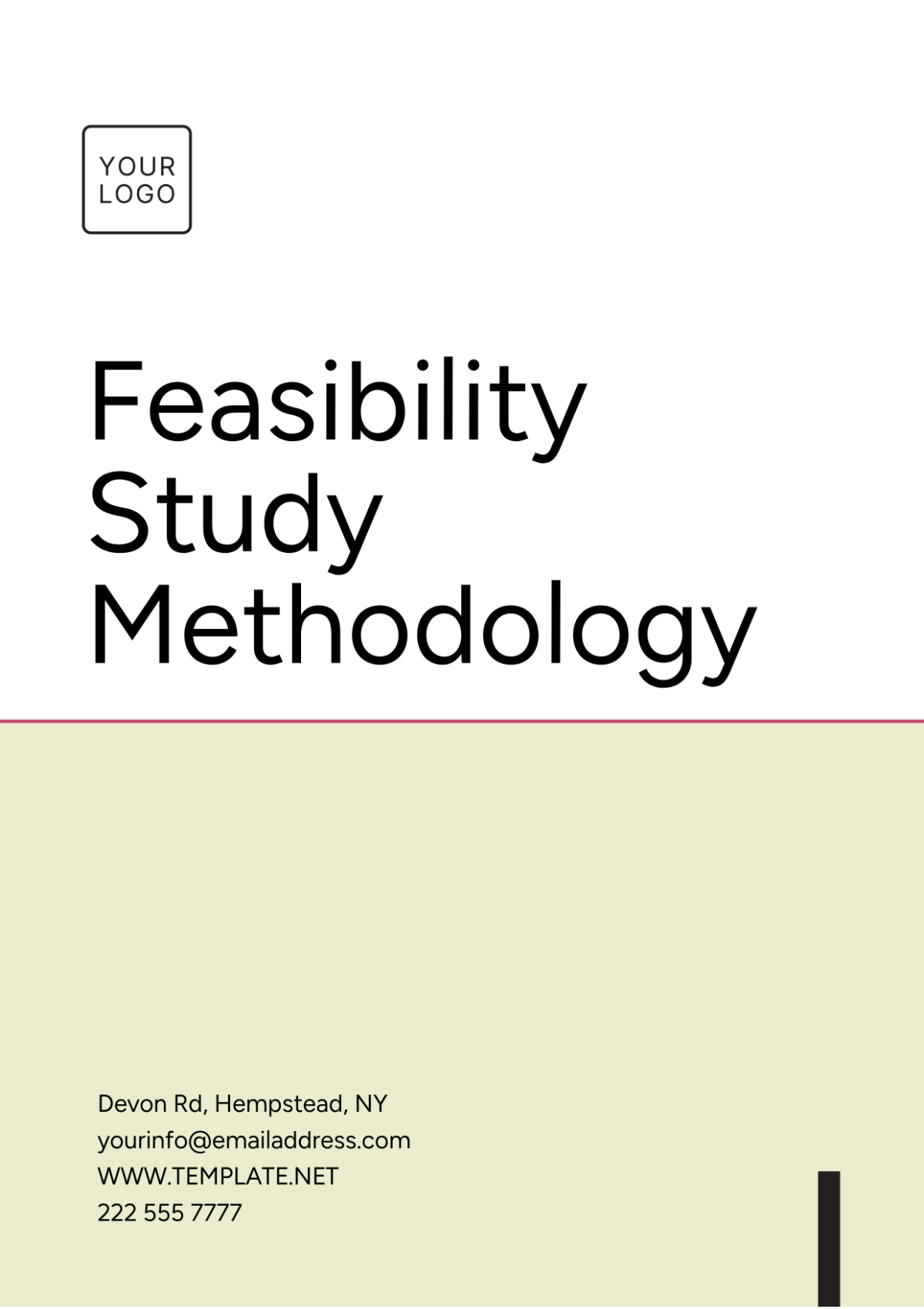Scientific Methodology
Prepared By: [Your Name]
Organization Name: [Your Company Name]
1. Introduction
This methodology outlines the structured approach for investigating the impact of the "FutureMath" educational intervention, designed to enhance middle school students' performance in mathematics. The study aims to determine whether FutureMath significantly improves student test scores and engagement levels compared to traditional teaching methods.
2. Literature Review
2.1 Purpose of Literature Review
The literature review provides a background on educational interventions in mathematics and their impact on student outcomes. It aims to highlight existing research gaps and establish the rationale for studying the FutureMath intervention.
2.2 Components of Literature Review
Historical Context:
Traditional Methods: Previous research on traditional teaching methods such as direct instruction and lecture-based teaching.
Early Interventions: Studies from the early 21st century exploring initial educational interventions and their effects.
Current Trends:
Innovative Approaches: Review of recent innovations in education, including blended learning, gamification, and adaptive learning technologies (2051-2053).
Educational Technologies: Examination of tools and platforms that support personalized learning and data-driven instruction.
Theoretical Frameworks:
Constructivism: Analysis of how constructivist theories support active learning and problem-solving in mathematics education.
Differentiated Instruction: Discussion on tailoring instruction to meet diverse student needs and learning styles.
Gaps in Research:
Long-term Effects: Limited research on the long-term impact of specific educational interventions like FutureMath.
Diverse Populations: Need for studies that assess the effectiveness of interventions across different socio-economic and cultural groups.
3. Research Design
3.1 Research Approach
Quantitative Research: The study will employ quantitative methods to assess changes in student performance through test scores and engagement metrics.
3.2 Methodology
Experimental Design:
Control Group: Students in traditional math classes, using conventional teaching methods.
Experimental Group: Students in FutureMath classes, using the new educational intervention.
Procedure:
Random Assignment: Schools and students are randomly assigned to control and experimental groups to ensure unbiased results.
Intervention Duration: The intervention will be implemented over 12 months, from September 2055 to August 2056.
4. Data Collection
4.1 Data Collection Methods
Surveys and Questionnaires:
Pre-Intervention Survey: To assess baseline student attitudes towards mathematics and perceived engagement levels.
Post-Intervention Survey: To measure changes in student attitudes and engagement after the intervention.
Interviews:
Teacher Interviews: Structured interviews with teachers to gather qualitative feedback on the implementation and impact of the FutureMath intervention.
Tests:
Mathematics Assessments: Standardized mathematics tests administered before the intervention (September 2055) and after its completion (August 2056) to evaluate changes in performance.
4.2 Data Collection Procedures
Sampling Techniques:
Random Sampling: Middle schools in various regions are randomly selected to participate in the study.
Random Assignment: Students are randomly assigned to either the control or experimental group.
Data Recording:
Digital Platforms: Surveys and test results are recorded using digital platforms designed for educational research.
Statistical Software: Data is entered into statistical software for analysis, ensuring accuracy and consistency.
5. Data Analysis
5.1 Data Analysis Techniques
Descriptive Statistics:
Mean Scores: Calculation of average test scores and survey responses for both control and experimental groups.
Standard Deviation: Measurement of variability in test scores and engagement levels.
Inferential Statistics:
T-tests: To compare mean test scores between the control and experimental groups and determine statistical significance.
Regression Analysis: To analyze the relationship between the FutureMath intervention and changes in student performance, controlling for variables such as baseline performance and socio-economic status.
5.2 Data Interpretation
Correlation Analysis:
Performance and Engagement: Examination of the correlation between engagement levels and improvements in test scores.
Comparative Analysis:
Group Comparisons: Analysis of performance metrics between the control and experimental groups to evaluate the effectiveness of FutureMath.
6. Results
6.1 Presentation of Results
The following table summarizes the pre-and post-intervention test scores for both the control and experimental groups, highlighting the differences in performance before and after the intervention:
Group | Mean Score (Pre) | Mean Score (Post) | Change |
|---|---|---|---|
Control | 75.3 | 76.0 | +0.7 |
Experimental | 74.9 | 81.5 | +6.6 |
Narrative Description:
Student Engagement Levels: There was a noticeable increase in student engagement levels from pre- to post-intervention. The experimental group experienced a greater enhancement in engagement compared to the control group.
Performance Trends: Throughout the 12-month study, the experimental group showed substantial improvement in test scores, while the control group exhibited more modest progress.
6.2 Summary of Findings
Key Findings: The experimental group showed a statistically significant improvement in test scores and engagement levels compared to the control group.
Significance: The results indicate that the FutureMath intervention effectively enhances student performance and engagement in mathematics.
7. Discussion
7.1 Interpretation of Results
Implications: The study demonstrates that FutureMath has potential benefits for improving student performance. This suggests that similar interventions could be implemented in other schools to boost learning outcomes.
Limitations: The study’s limitations include its relatively short duration and the specific contexts of participating schools. Further research is needed to assess the long-term effects and applicability in diverse settings.
7.2 Future Research
Recommendations: Future studies should investigate the long-term impact of the FutureMath intervention and explore its effectiveness in different educational environments.
Potential Studies: Research could examine the impact of the intervention on other subjects, grade levels, or diverse educational contexts.
8. Conclusion
The study provides evidence that the FutureMath educational intervention positively affects student performance and engagement in middle school mathematics. The methodology employed was effective in assessing the intervention’s impact, and the results underscore its potential benefits for enhancing educational outcomes.
Key Points: Significant improvements were observed in the experimental group’s performance and engagement.
Final Thoughts: The FutureMath intervention offers a promising approach to improving mathematics education and warrants further investigation.
9. References
Smith, J. (2052). Innovative Teaching Methods. Educational Press.
Johnson, L., & Brown, A. (2051). "Effects of Technology on Student Engagement," Journal of Educational Research, 58(4), 234-245.

















































